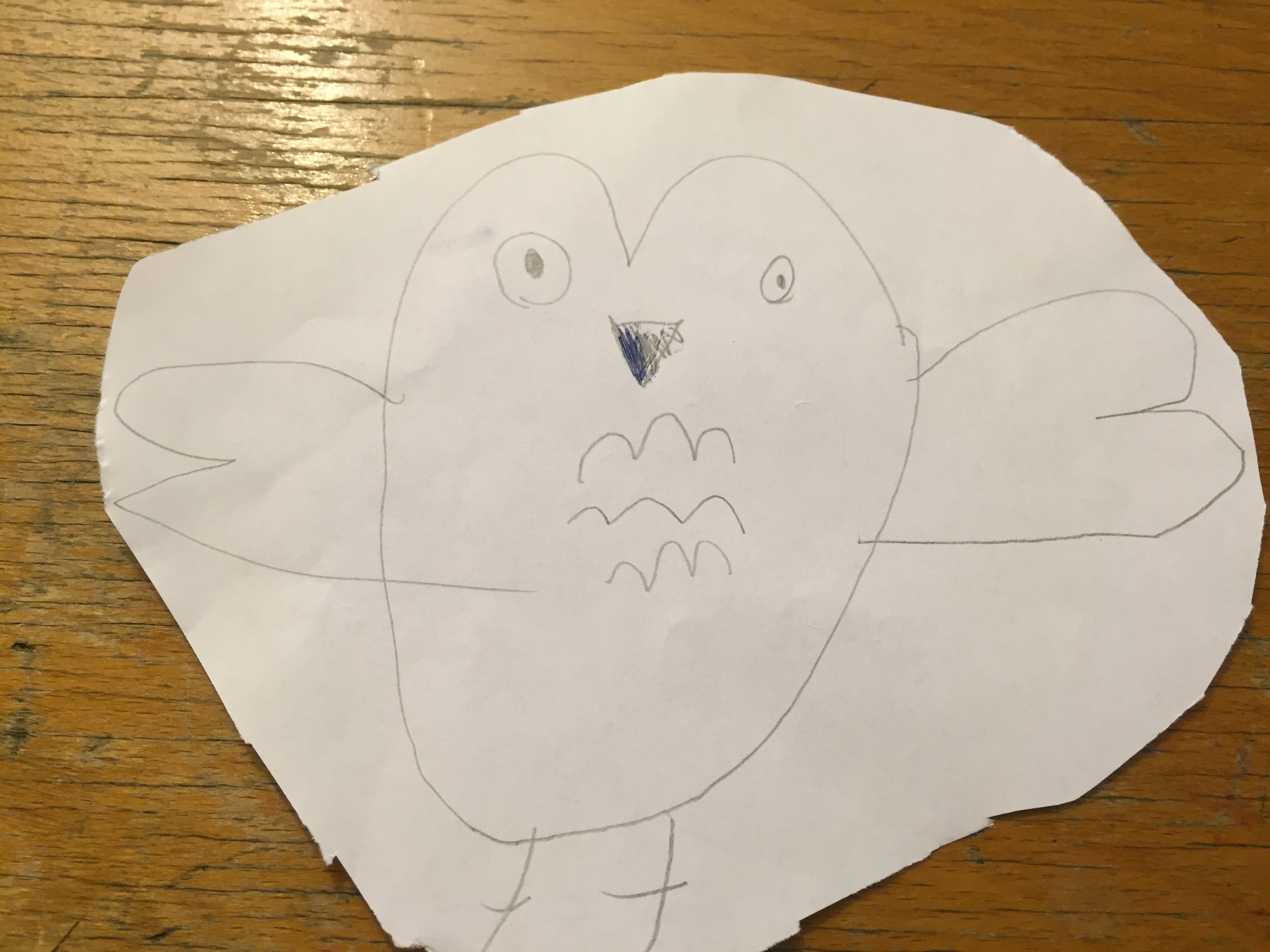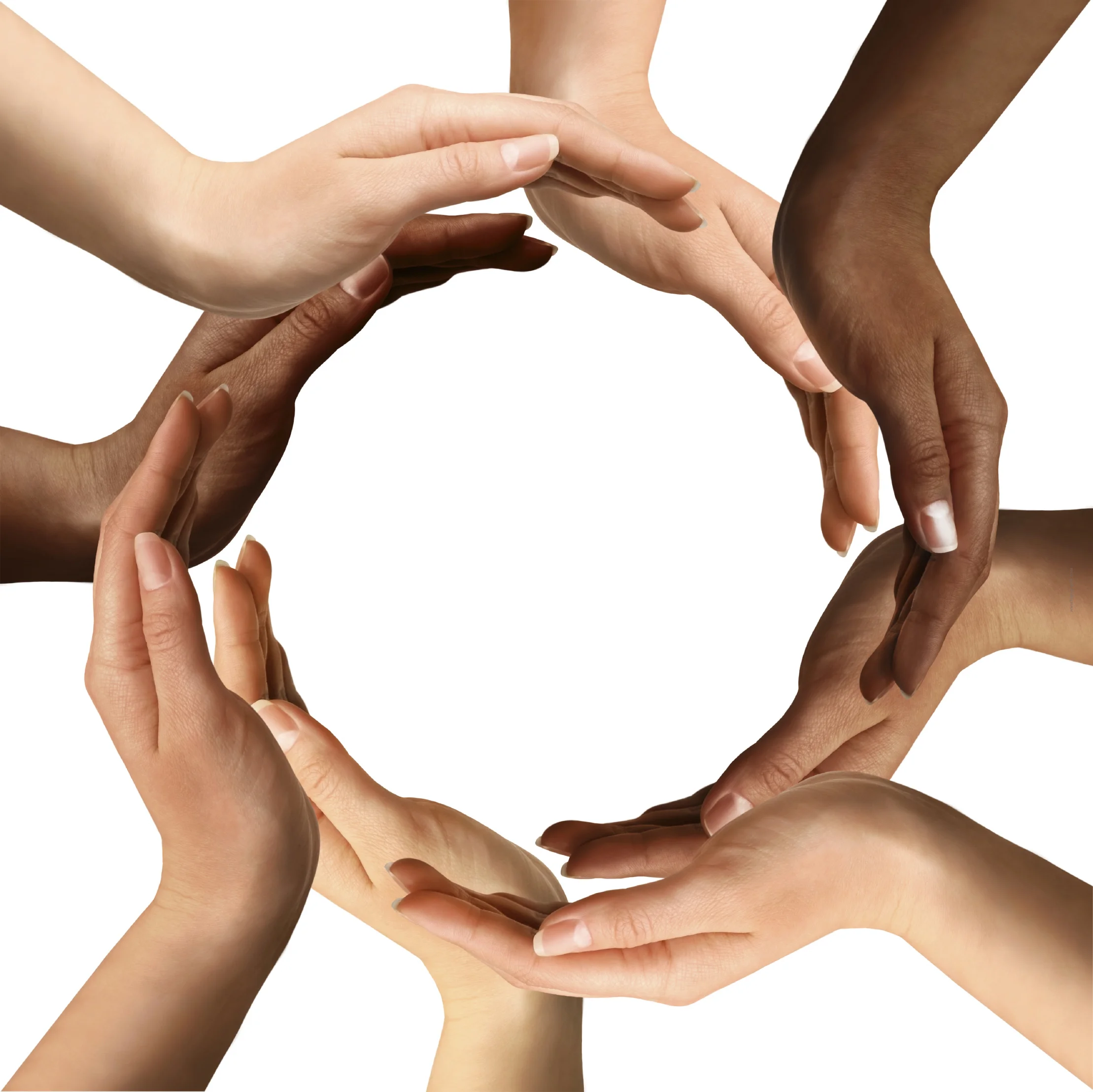For parents of children between 0 and 3 years
Four films to help parents/ carers encourage their children's communication development (produced by The Communication Trust).
By Sarah Winstanley
For parents of children between 0 and 3 years
Four films to help parents/ carers encourage their children's communication development (produced by The Communication Trust).

By Sarah Winstanley
Very excited to have just had delivered a copy of Fall Down 7 Times Get Up 8, by Naoki Higashida.
Naoki Higashida is mainly non-verbal. Though he cannot hold a conversation, he uses an alphabet grid to build up sentences, which are taken down by a transcriber. By this method, he has produced several books. His first book, The Reason I Jump, written when he was only 13 quickly became an autism classic.
Both these books are essential reading for those parents/ carers and professionals supporting children with autism who are non-verbal.

By Sarah Winstanley
Supporting Early Communication Skills
It is important to watch your child closely and Observe what s/he is interested in. As you observe your child watch to see why s/he communicates and what s/he responds to.
Waiting will give your child enough time to respond. Try not to rush in. (count slowly to 10). If you ask a question/ give your child choices and s/he doesn’t answer – do not assume s/he hasn’t heard or doesn’t understand. By repeating the question and asking it again you will distract them. (be patient and give them time)
Listen carefully to your child’s behaviours, gestures, vocalisations and words. You may hear them use a word and then not hear it again for days/ weeks. If you remember the words s/he says you can do things to encourage him to use the words again.

O.W.L
By Sarah Winstanley
In a multi-cultural society bilingual/ multi-lingual parents often ask if they should restrict input to only one language or just speak English. The research evidence is clear. Exposure to two languages, or more, does NOT cause or complicate language disorder.
Most importantly, children need to hear high quality language input. So parents should talk to their children in whichever language they themselves feel most comfortable speaking.

Parents should speak to their children in whatever language they are most comfortable in speaking
By Sarah Winstanley
DLD was previously known as Specific language Impairment (SLI). DLD is diagnosed when children fail to acquire language for no obvious reason. DLD is not caused by conditions such as hearing loss, learning difficulties, physical impairment autism or brain injury. DLD is a long term condition.
DLD results in children having:
· Difficulty remembering long instructions
· Understanding what people are saying
· Difficulty formulating responses
· Difficulty expressing themselves
· Difficulties articulating ideas
Research shows that 2 in every class of 30 will experience DLD which is severe enough to hinder academic progress.
DLD -123
1. Problem with speaking and listening
2. Hidden but common
3. Support can help improve the quality of life of affected children and families
By Sarah Winstanley

An honest account of living with Aspergers. The programme helps give a better understanding of autism. Listen to Chris Packham talk about how autism has shaped him.
#AspergersAndMe - Chris talks about the challenges he has faced along the way including no-one wanting to listen to his lengthy monologues, sensory overload, losing his best friend (a kestrel) and his lack of desire to engage in social activities.
By Sarah Winstanley
Worth listening to: Two radio programmes giving an insight into how people with autism communicate and ways to communicate with people with Autism.
Michael Rosen - Word of Mouth, BBC Radio 4
Autism and Communication (03 October 2017)
Autism and Learning Difficulties (15 Jan 2013)
By Sarah Winstanley
Vocabulary is a key indicator of a child's success in later life. Let's invest time in building our children's vocabulary. The best way for children to learn new words is through experience. This weekend unplug the electronics and go for an Autumn walk and see what you can find:

"more" "leaf" "spiky" "open" "brown" "green" "fall" "deciduous" "autumn" "orchard" "harvest" "hibernate" "migration" "conkers"
By the time a child is 6 they have 14,000 words and by 11 they have approximately 40, 000 words.
By Sarah Winstanley
A big thanks to all those businesses who have gone that extra mile and signed up to the National Autistic Society's Autism Hour today or this week. An extra big thanks to those on my high street in Stamford, Lincolnshire for playing their part.
Simple steps to making life easier for those people with autism.

By Sarah Winstanley
A gorgeous version of a classic rhyme, with huge appeal to children and grown-ups! Great to share with children and families to encourage use of gestures and signing to support early speech, language and communication development.

Illustrated by Annie Kubler
By Rebecca Bryant
Get 'eggcited' and learn to sign 'Humpty Dumpty'! Use acting, gestures and signs, along with rhymes, to help develop speech, language and communication skills and promote inclusion. Gorgeous, bright, fun pictures including images of children with additional needs using BSL signs with instructions and acting out the song will appeal to children and grown ups.

Illustrated by Anthony Lewis
By Rebecca Bryant
'More biscuit!' Learning to sign words for favourite foods can be a great motivator in learning to communicate. This is a great book for introducing key signs at mealtimes, including a range of social words, question words and comments, as well as topic vocabulary. There are lovely vibrant, eye-catching pictures of children using the objects or doing the actions whilst signing with BSL. There are BSL instructions beside the illustrations and on the back page. A great resource for children, families, children's centres and pre-schools to encourage signing and promote inclusion.

Illustrated by Anthony Lewis
It's a 'Big Day Out' not 'A Night at The Museum'! A picture book of an exciting trip to the museum, giving the opportunity to sequence events, using concepts such as first, next, and last. Lovely bright pictures include examples of symbols and signing, and feature interesting and unusual topic vocabulary, with details to expand on. Distant versus close up perspectives give opportunities to focus on facial expressions, talk about emotions and 'Why? Because...'. A great resource.
Plus, have you seen the 'Set to Sign' pack of BSL cards for the 'Big Day Out'? Really fun pictures and useful cards featuring social and museum topic vocabulary for children and grown ups!

By Rebecca Bryant
He's not just pretty - he's also noisy! A really fun book by Courtney Dicmas that can be used to practise listening skills. Great fun for encouraging participation of children with speech and language needs and reluctant talkers. Children can join in and find their 'voice' using instruments, objects, sounds, words, using talking tiles or other communication aids.

Listen and get noisy - Rawk!
By Rebecca Bryant
A beautiful picture book by Jemima Sharpe that captures the imagination. It offers great opportunities to expand language and thinking skills at a more complex narrative level. What does Mr Moon really like to do? Discussion points include 'why?', 'because?', consequences, possibilities and alternatives. A great resource to explore the nature of imagination and reality with children.

By Rebecca Bryant
Thanks to an invite from Alexandra Strick, it was a pleasure to be part of a panel to raise the profile of children with additional needs and their access to books at a session for The Book Trust (December). As a group, we were able to highlight the range of needs including physical, learning, visual, speech and language. Afterwards we also dicussed and made recommendations regarding the accessibility aspects for a ChildsPlay book currently in development. It was particularly interesting to discuss some of the features and make some recommendations that could benefit both those with visual and other additional needs. It will be interesting to see how it turns out!
By Rebecca Bryant
One recurring theme from the 'arts for health and wellbeing' consortium held @dlwp recently was the need for communication about what is happening. Evidence is available and the range of targeted and inclusive arts projects is wide. So if you are an arts project 'shout about it' and if your are in health, education or social work, find out what is available, 'spread the word' and get involved! @ace_national
By Rebecca Bryant

The toys are getting out their cardboard boxes again. It's free and you get to practise lots of early language, and make up stories.
They like peekaboo games, hiding, sleeping, flying and visiting the moon! Oh, and saying " go away" to naughty parrots.
By Rebecca Bryant
Communication Lincs Ltd privacy policy is available upon request (updated May 2018)